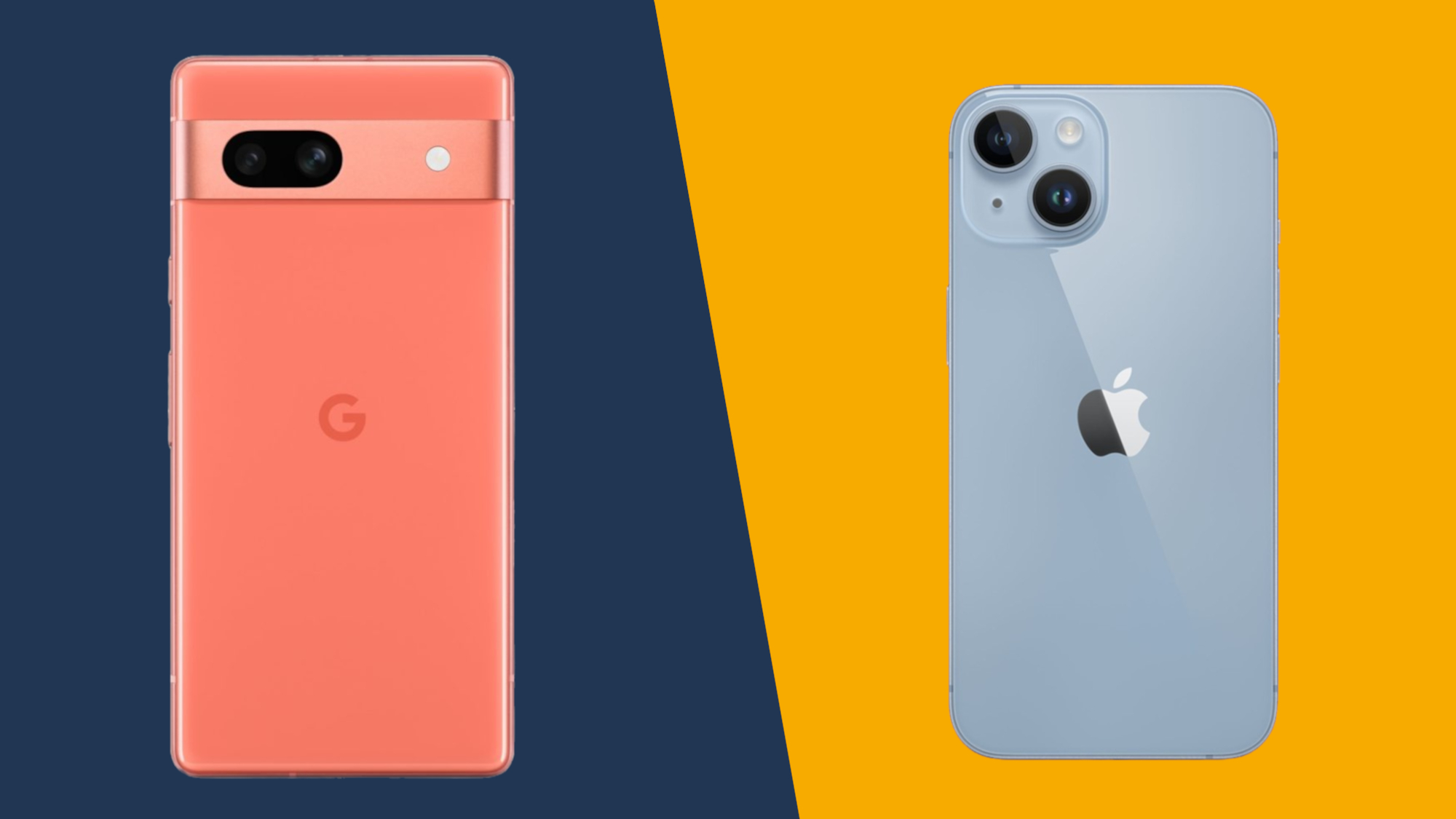
Google finally unveiled its latest affordable smartphone – the Google Pixel 7a – at Google I/O 2023, with the device arriving to occupy the space between the already-released Google Pixel 7 and Google Pixel 7 Pro (both of which launched in October 2022).
But despite the relative modesty of its price, the Pixel 7a still rivals some of 2023’s best phones in a handful of important areas. In this article, then, we assess how the phone stacks up against Apple’s latest vanilla flagship, the iPhone 14, when it comes to things like price, design, performance, cameras and battery life.
We've reviewed both devices – check out our Google Pixel 7a review here – but below, we whip through the key differences (and similarities) between the two popular handsets.
Google Pixel 7a vs iPhone 14: Specs comparison
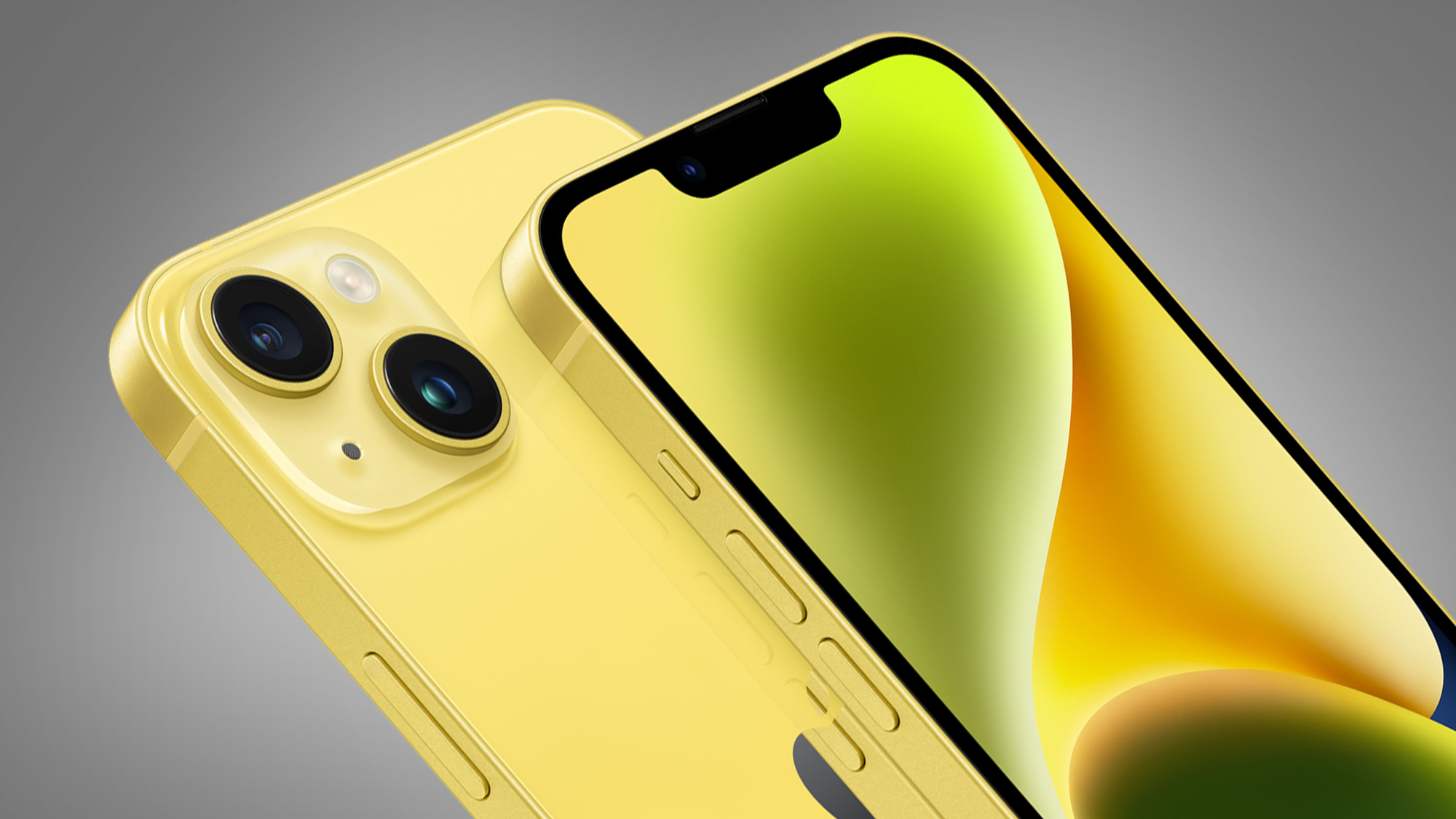
Here's how the two phones compare at a glance:
| Google Pixel 7a | iPhone 14 | |
|---|---|---|
| Dimensions: | 152.4 x 72.9 x 9mm | 146.7 x 71.5 x 7.8mm |
| Weight: | 193g | 172g |
| Display: | 6.1-inch OLED | 6.1-inch OLED |
| Resolution: | 2400 x 1080 pixels | 2532 x 1170 pixels |
| Refresh rate: | 90Hz | 60Hz |
| Chipset: | Google Tensor G2 w/ Titan M2 security | A15 Bionic |
| Rear cameras: | 64MP main (26mm, f/1.9), 13MP ultra-wide (f/2.2) | 12MP main (26mm, f/1.5), 12MP ultra-wide (13mm, f/2.4) |
| Front camera: | 10.8MP | 12MP |
| RAM: | 8GB (LPDDR5) | 6GB |
| Storage: | 128GB (UFS 3.1) | 128GB, 256GB, 512GB |
| Battery: | 4,385mAh | 3,279mAh |
Google Pixel 7a vs iPhone 14: Price and availability
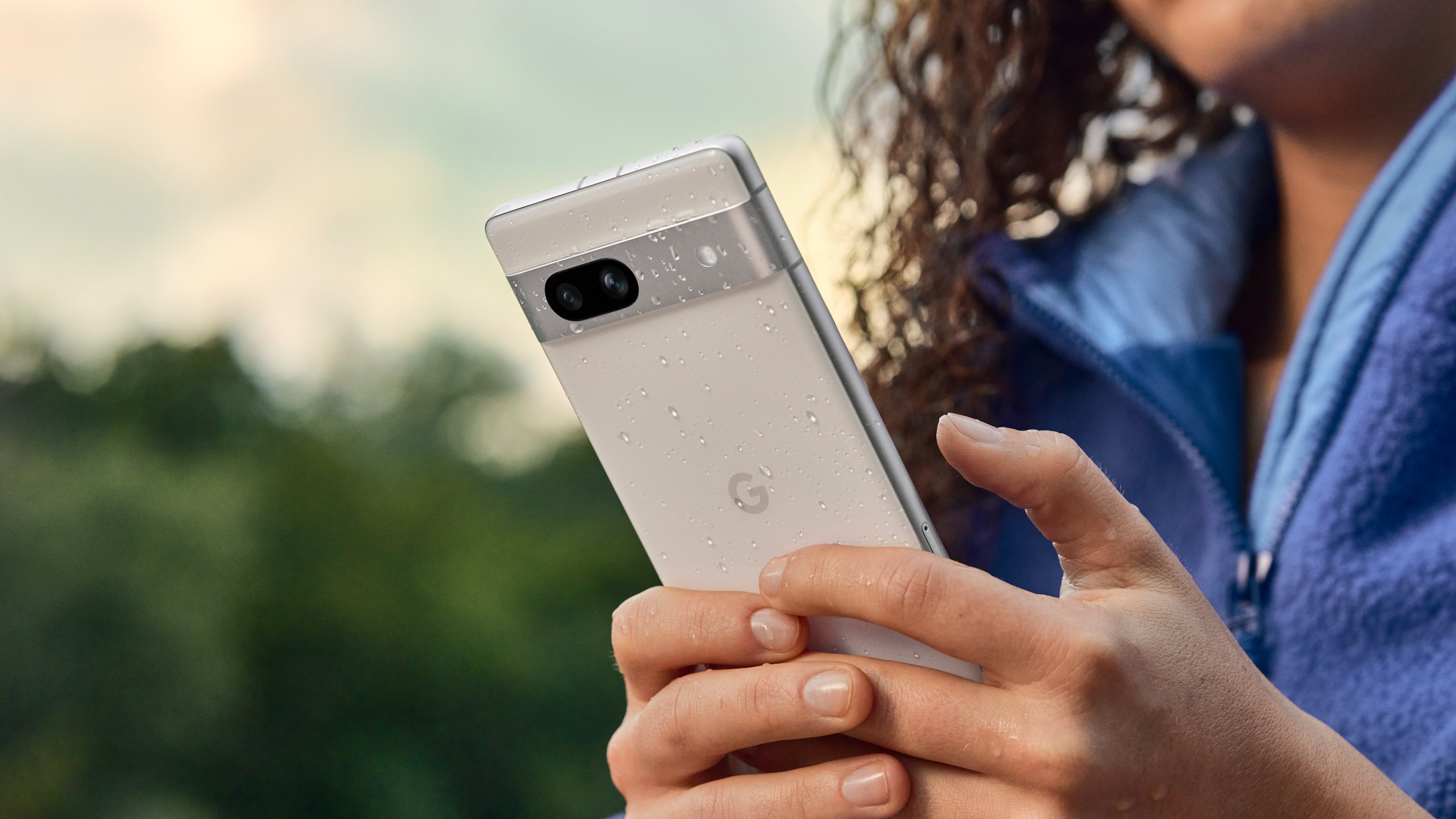
The Google Pixel 7a was unveiled at Google I/O 2023 and went on sale the very same day (May 10). It costs $499 / £449 / AU$749 for the single configuration option, which gives you 128GB of storage, with no option to expand that, and 8GB of RAM.
The iPhone 14 is the more expensive of the two phones. Apple’s latest vanilla flagship was officially unveiled on September 7, 2022, before going on sale on September 16 for the following prices:
- 128GB: $799 / £849 / AU$1,339
- 256GB: $899 / £959 / AU$1,579
- 512GB: $1,099 / £1,179 / AU$1,899
At $499 / £449 / AU$749, then, the Google Pixel 7a is some $300 / £400 / AU$590 less than the iPhone 14.
Google Pixel 7a vs iPhone 14: Design and display
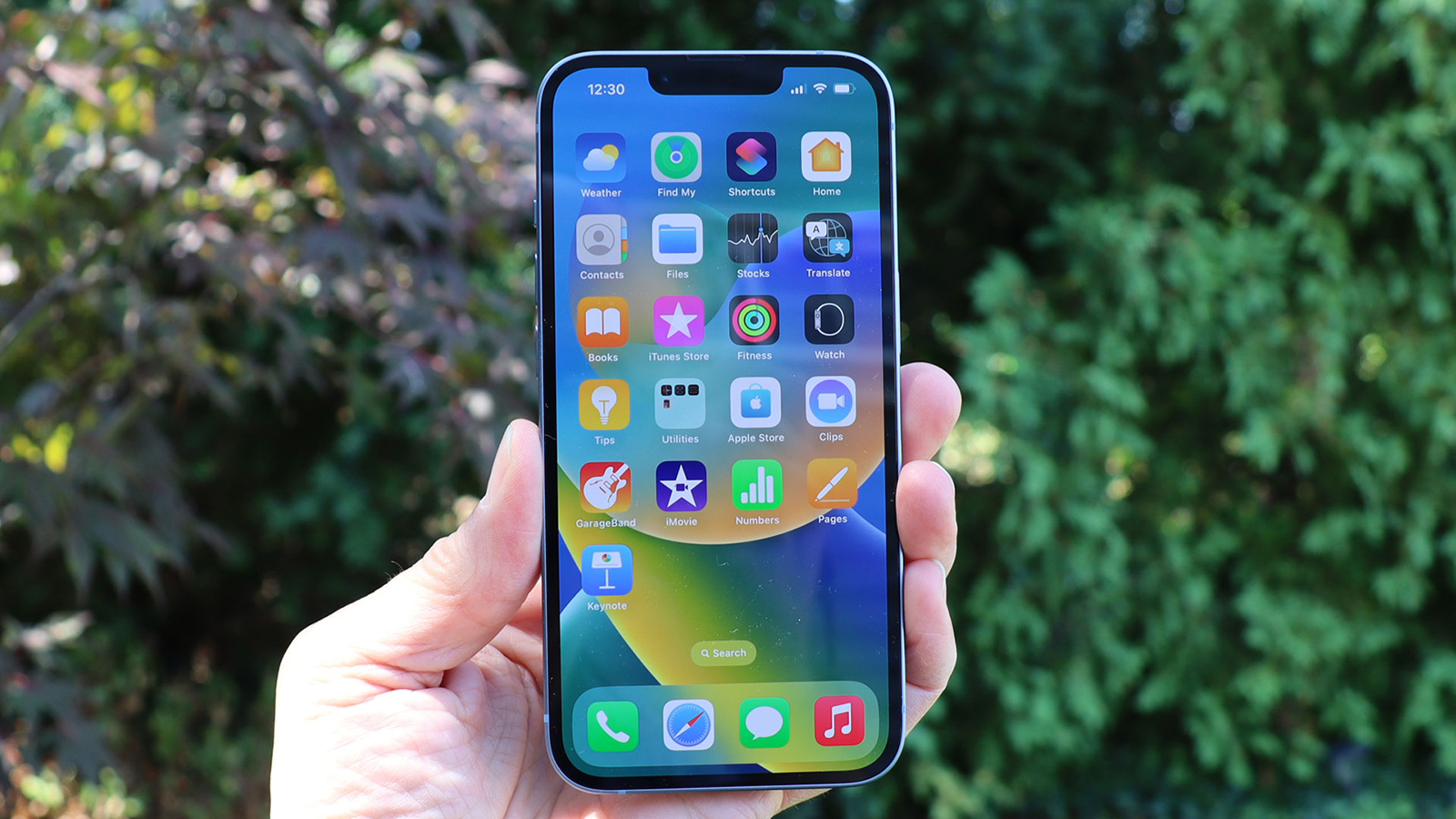
On the design front, the iPhone 14 measures 146.7 x 71.5 x 7.8mm, weighs 172g and boasts a 6.1-inch, 60Hz Super XDR OLED display, which sports a 2532 x 1170 resolution.
The Google Pixel 7a, on the other hand, rocks a 6.1-inch, Full HD+ OLED screen with a 90Hz refresh rate, while the phone’s body measures 152.4 x 72.9 x 9mm (rising to 10.1mm at the camera bump).

In other words, the Google Pixel 7a is a touch larger than the iPhone 14, but its display – which looks set to be the same 6.1-inch size – offers a higher refresh rate (90Hz versus 60Hz), meaning slightly smoother visuals.
And, obviously, the Google Pixel 7a looks drastically different to the iPhone 14. Apple’s latest vanilla flagship maintains the straight-sided iPhone aesthetic first established by the iPhone 12, while the Pixel 7a inherits its predecessor’s design in all but its rear camera setup.
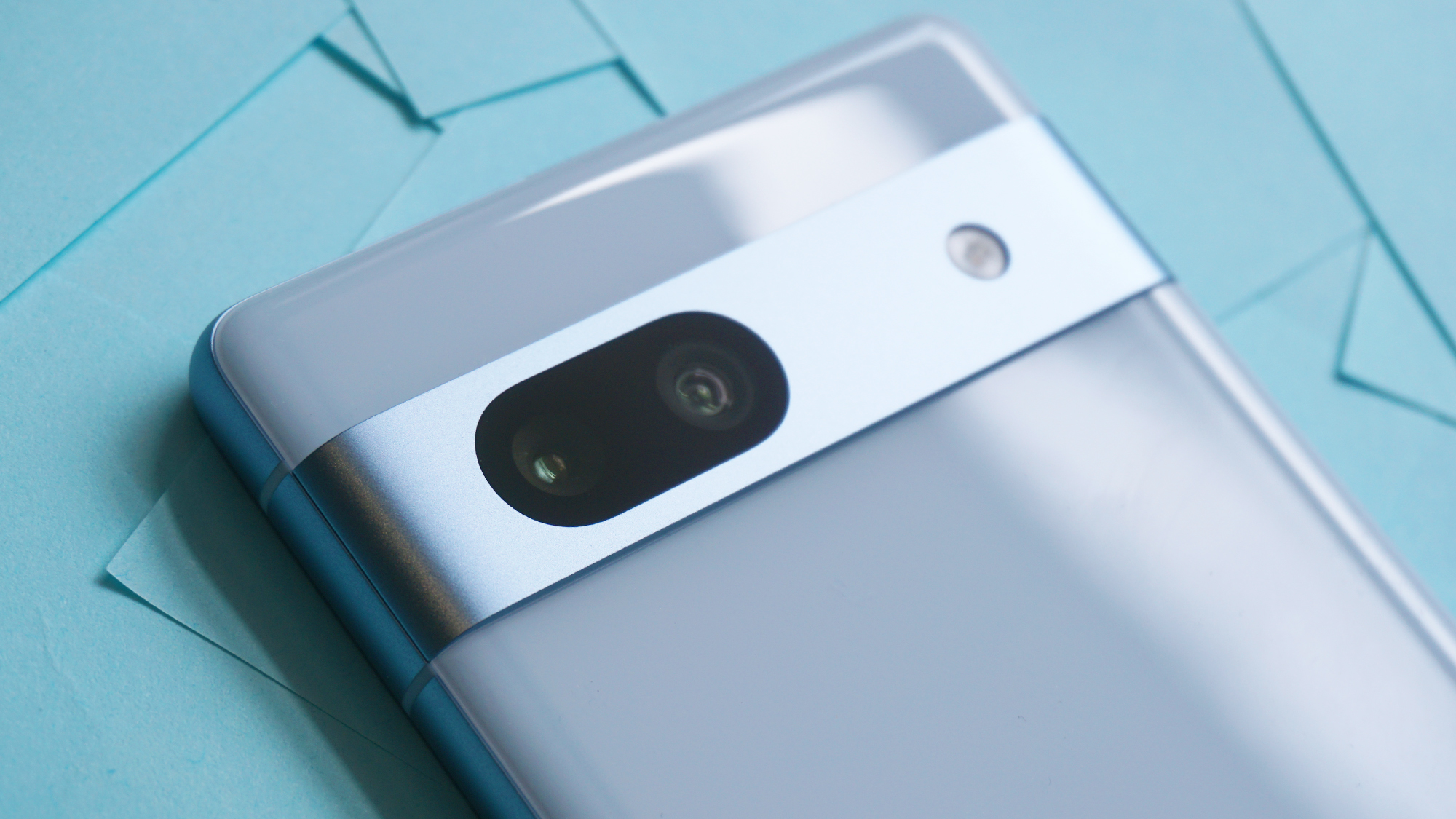
In many ways, then, the iPhone 14 and Pixel 7a suffer from similar cases of blandness, since neither phone reinvents their respective predecessors in any significant way. That's not a criticism, per se, but if you've been a fan of Google's phone designs over Apple's in recent years (or vice versa), neither the iPhone 14 nor the Pixel 7a is going to change your mind in that regard.
Other design differences between the two phones include their respective charging ports – the iPhone 14 rocks a Lightning port while the Pixel 7a uses USB-C – and they’re be available in different colors, too. The iPhone 14 is available in Midnight, Starlight, red, blue, purple and yellow shades, while the Pixel 7a ships in Charcoal, Snow, Sea and Coral (though the latter is only available from Google directly).
Google Pixel 7a vs iPhone 14: Cameras
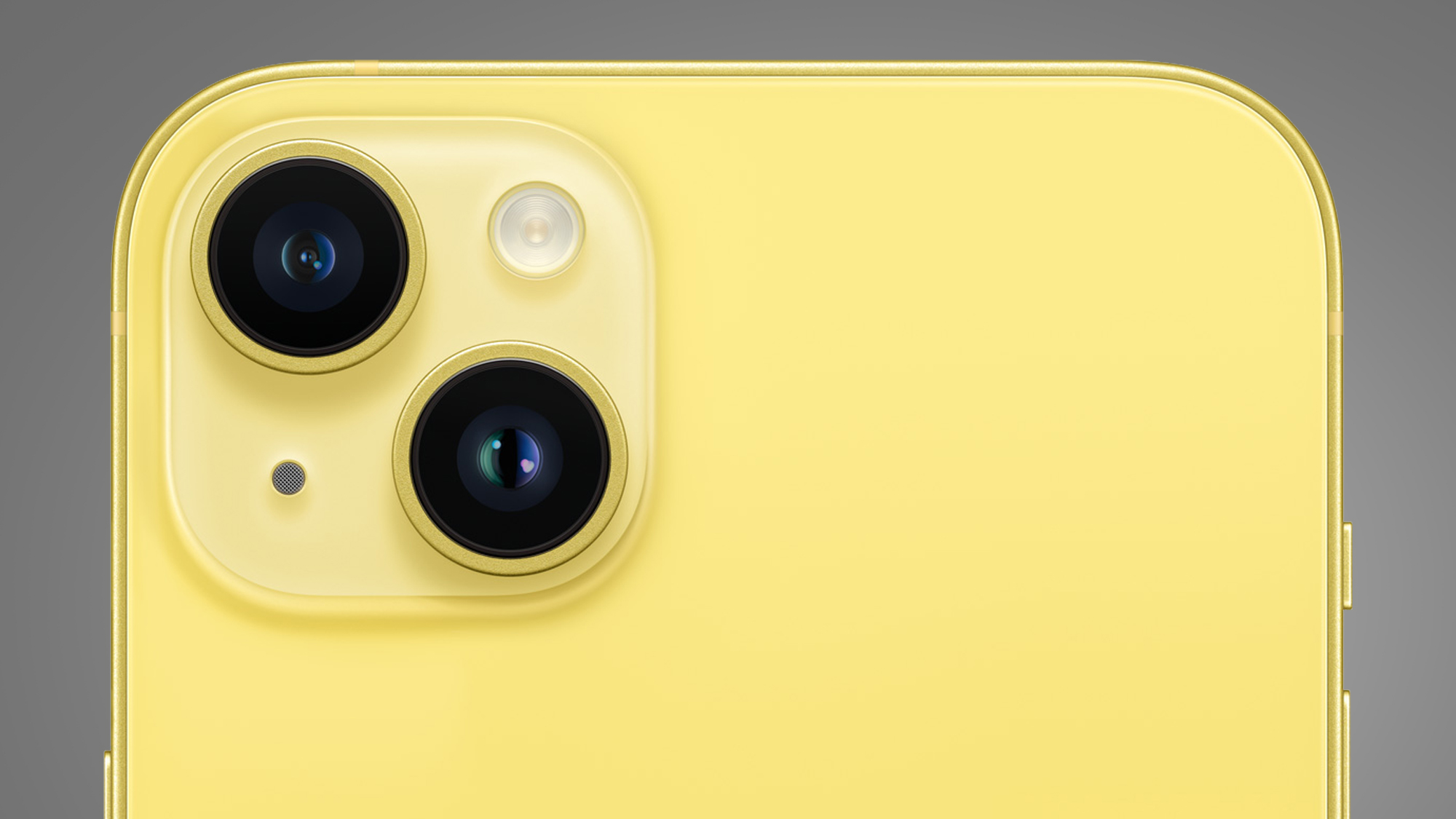
When it comes to cameras, the iPhone 14 sports a dual-sensor setup comprising a 12MP main lens (26mm, f/1.5) and a 12MP ultra-wide lens (13mm, f/2.4). On the front, you get a 12MP selfie snapper, which seems to be the standard for high-end smartphones in 2023.
The Pixel 7a, despite its smaller price tag, gets a whopping a 64MP main camera (26mm, f/1.9) with optical image stabilization, a 12MP ultra-wide snapper (f/2.2) and a 10.8MP selfie camera – meaning Google's latest mid-ranger actually trumps the iPhone 14 in the rear photography department.
That’s not to say that the iPhone 14 has poor main cameras by any means, though, and as you can see from the sample images below, you'll get consistently strong photos from both handsets. The Pixel 7a does, however, offer a touch more detail and slightly superior lighting.
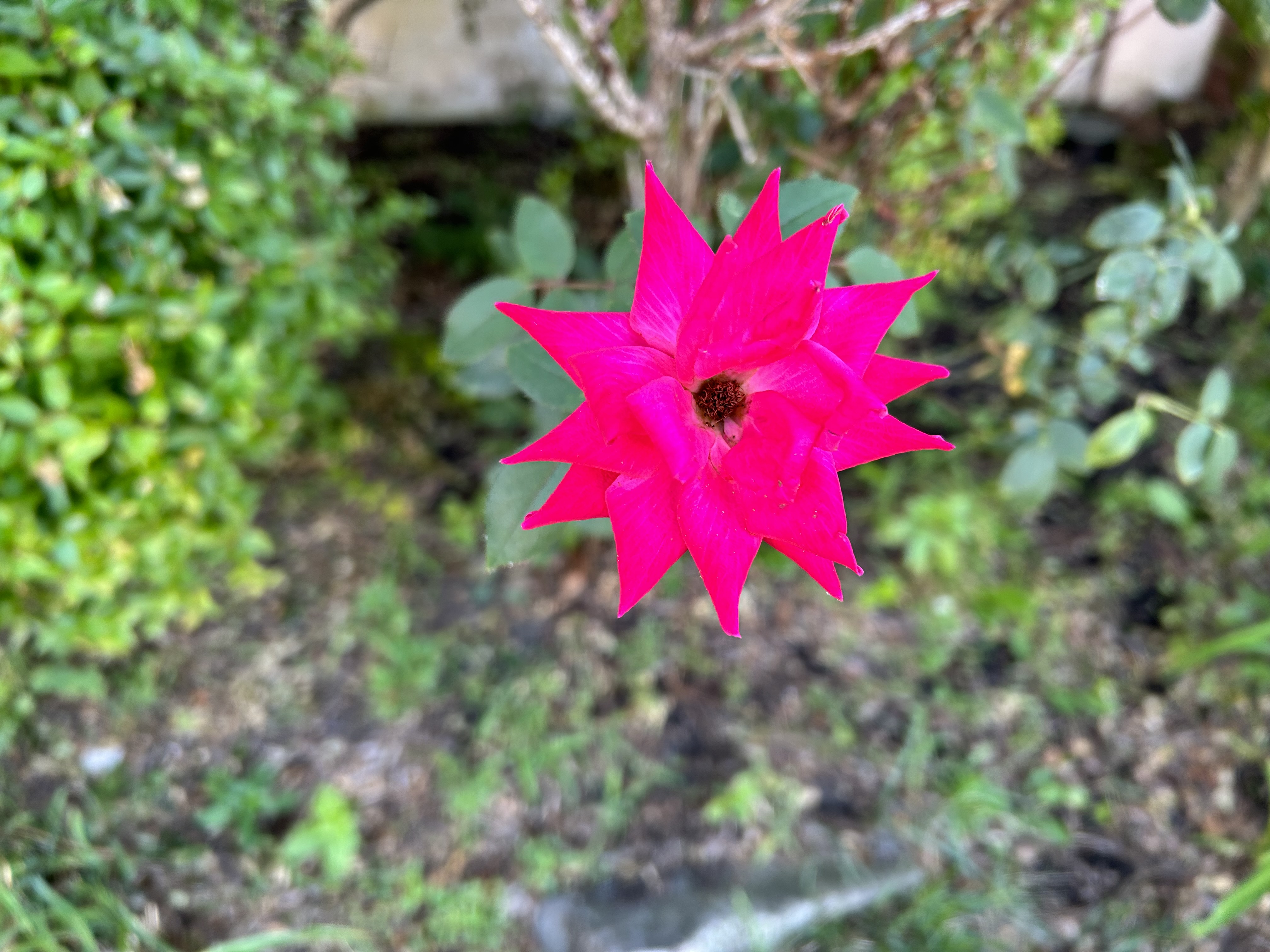

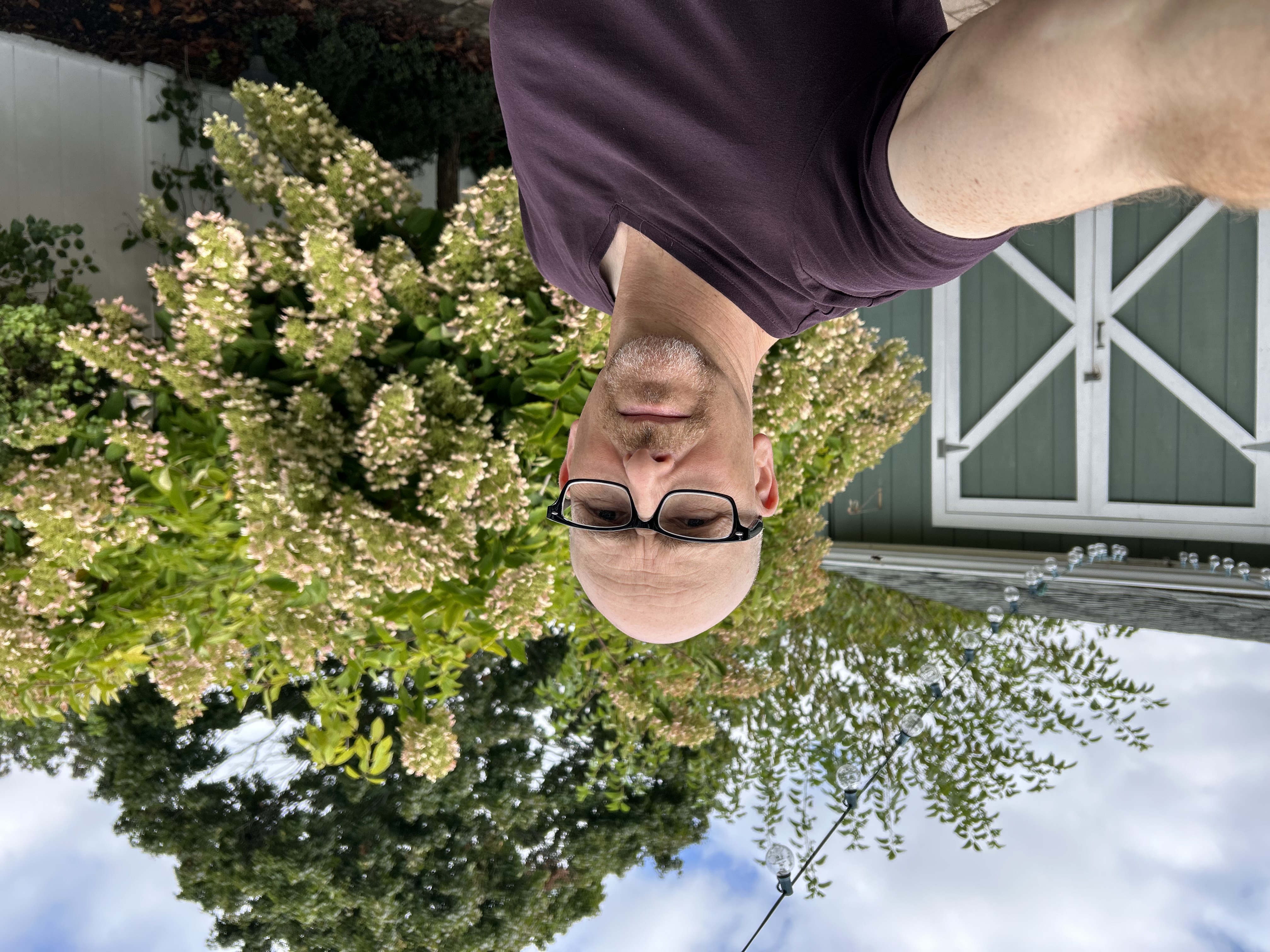

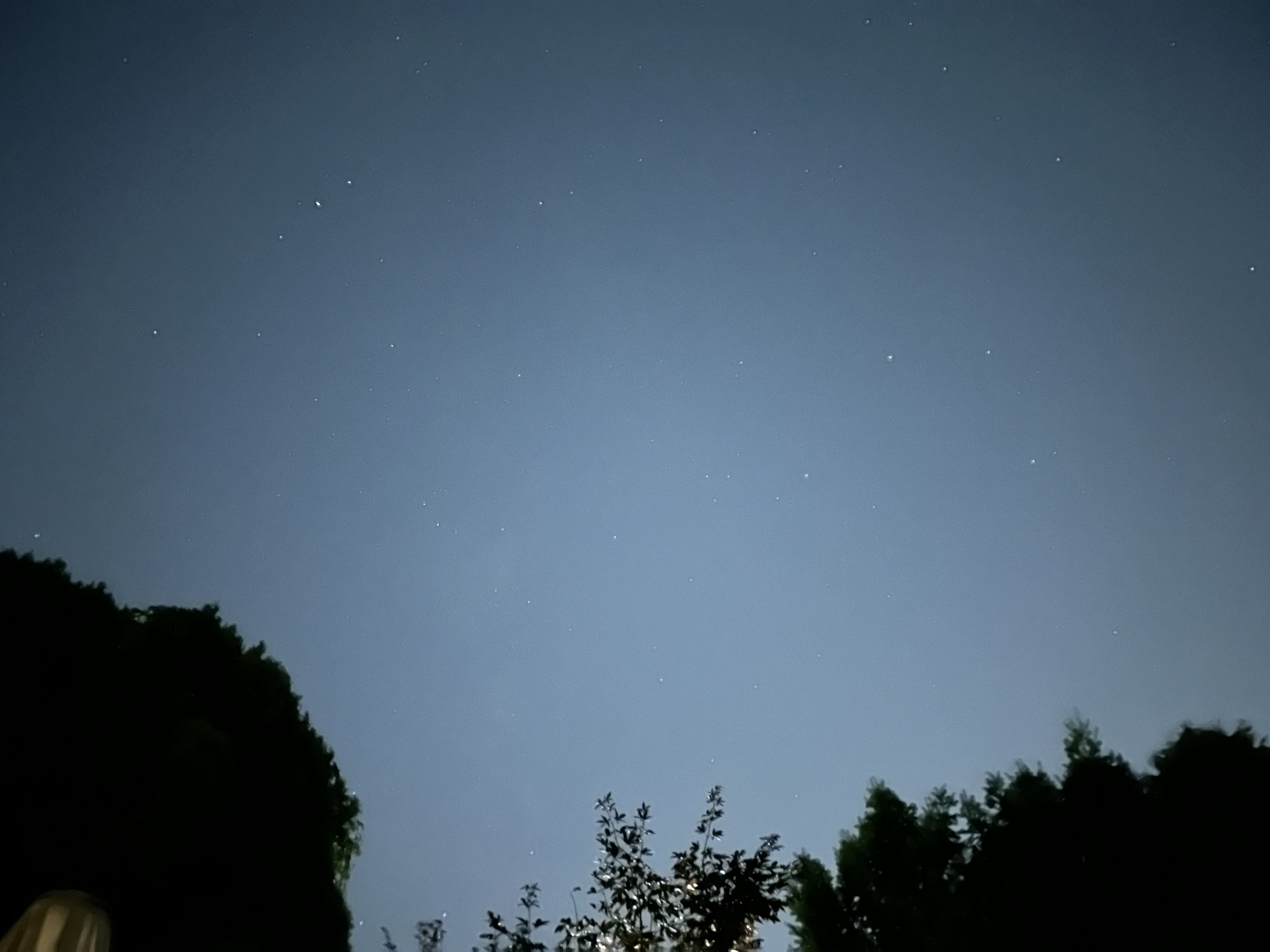
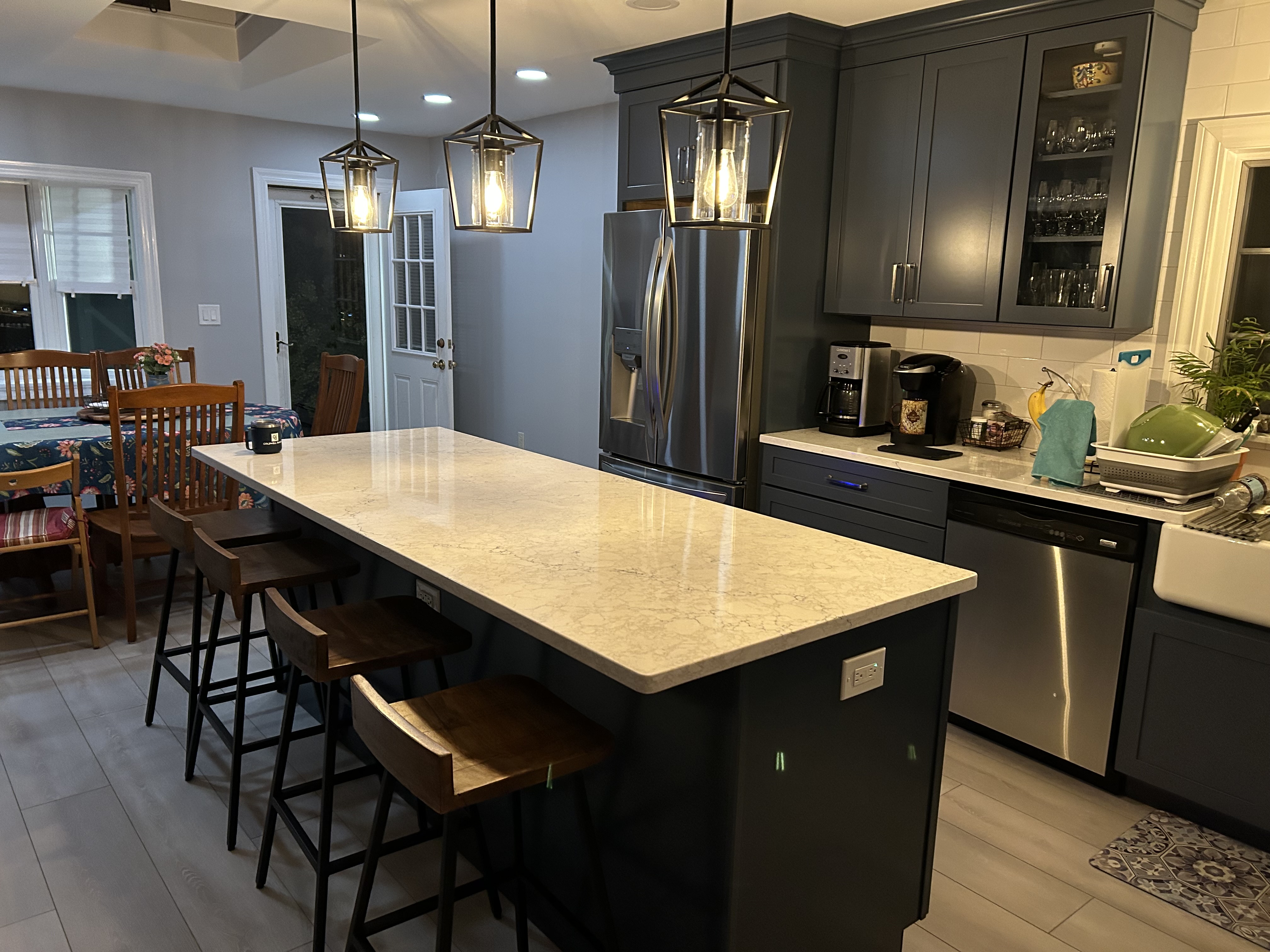
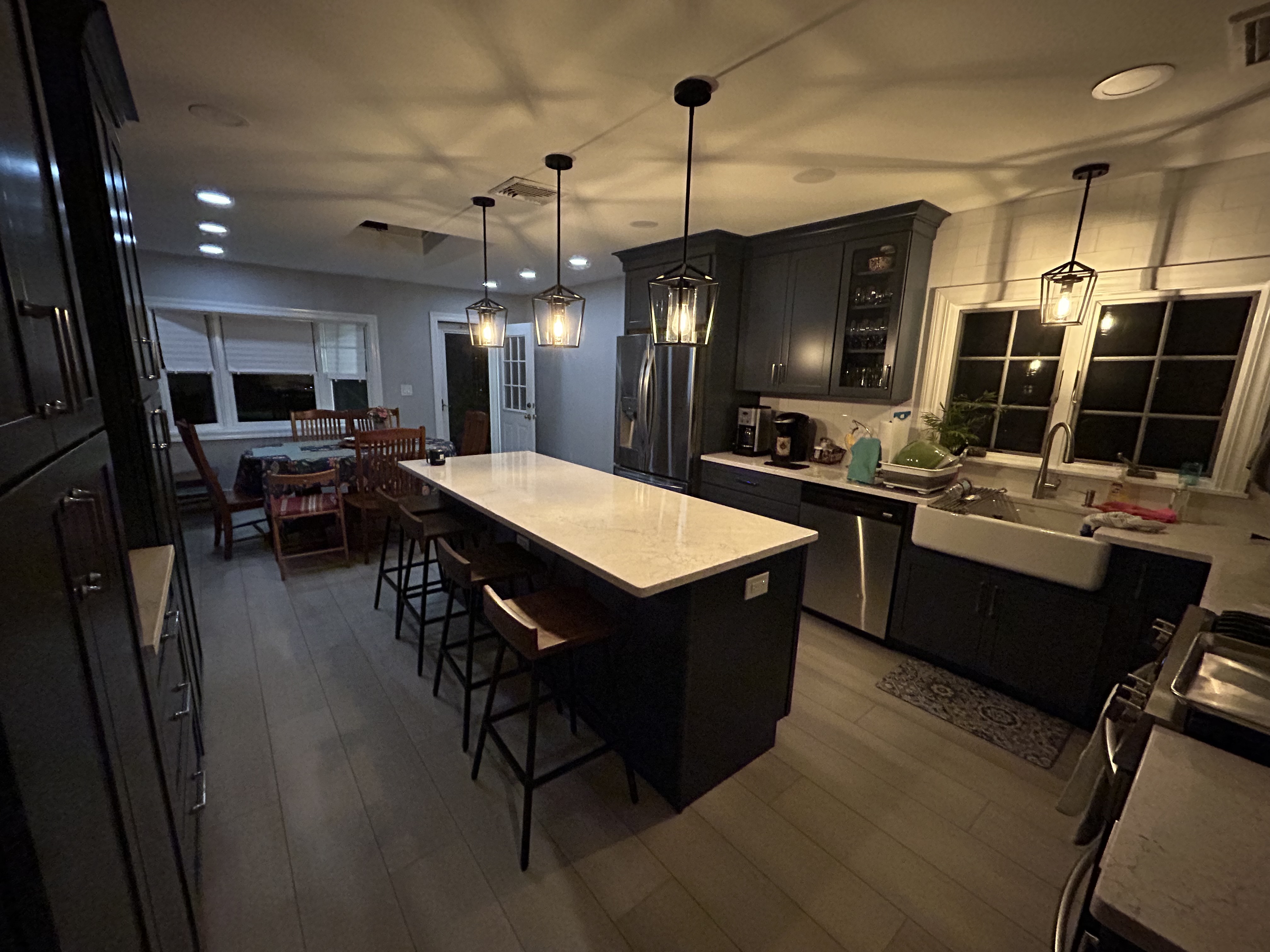
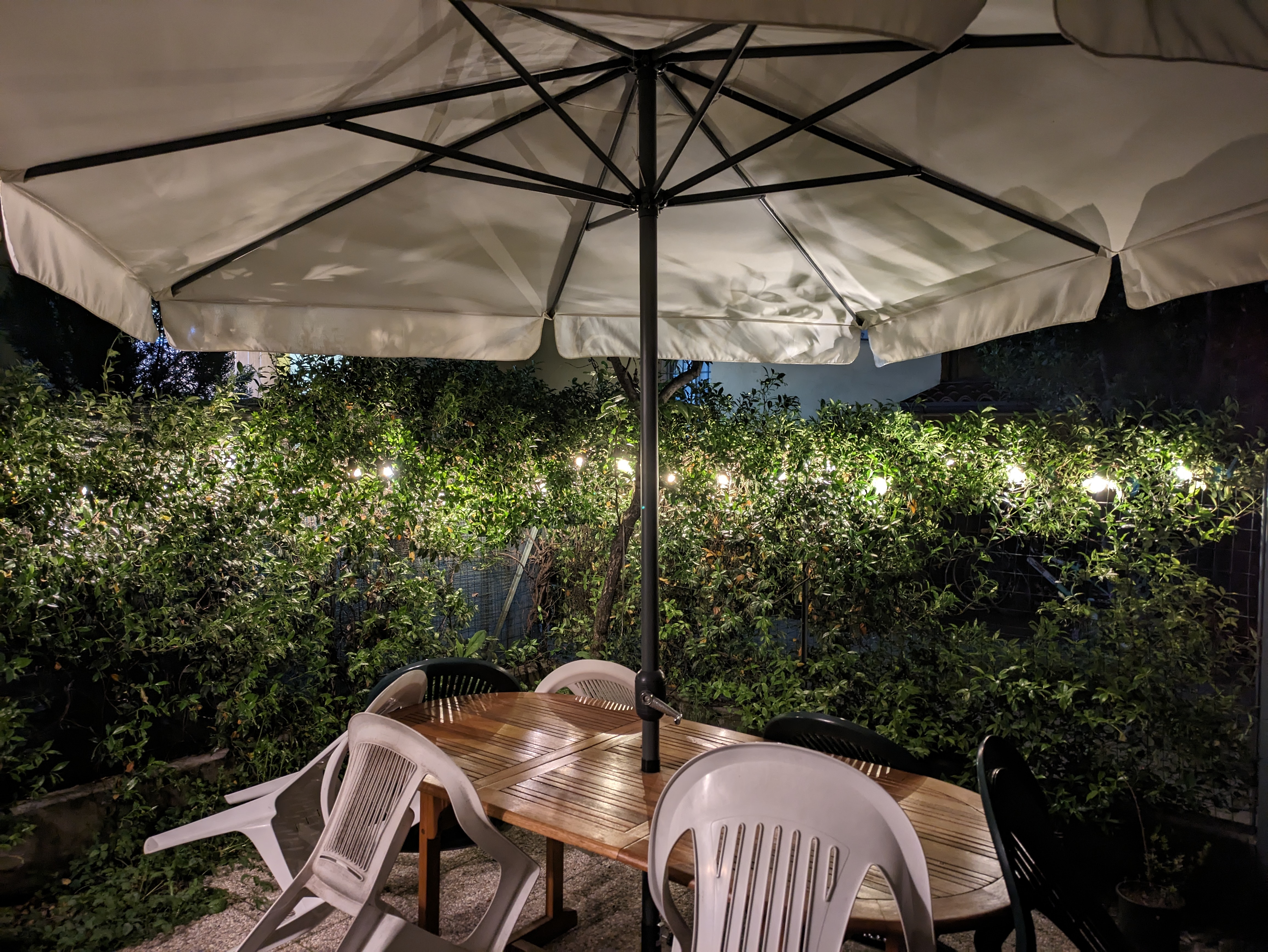
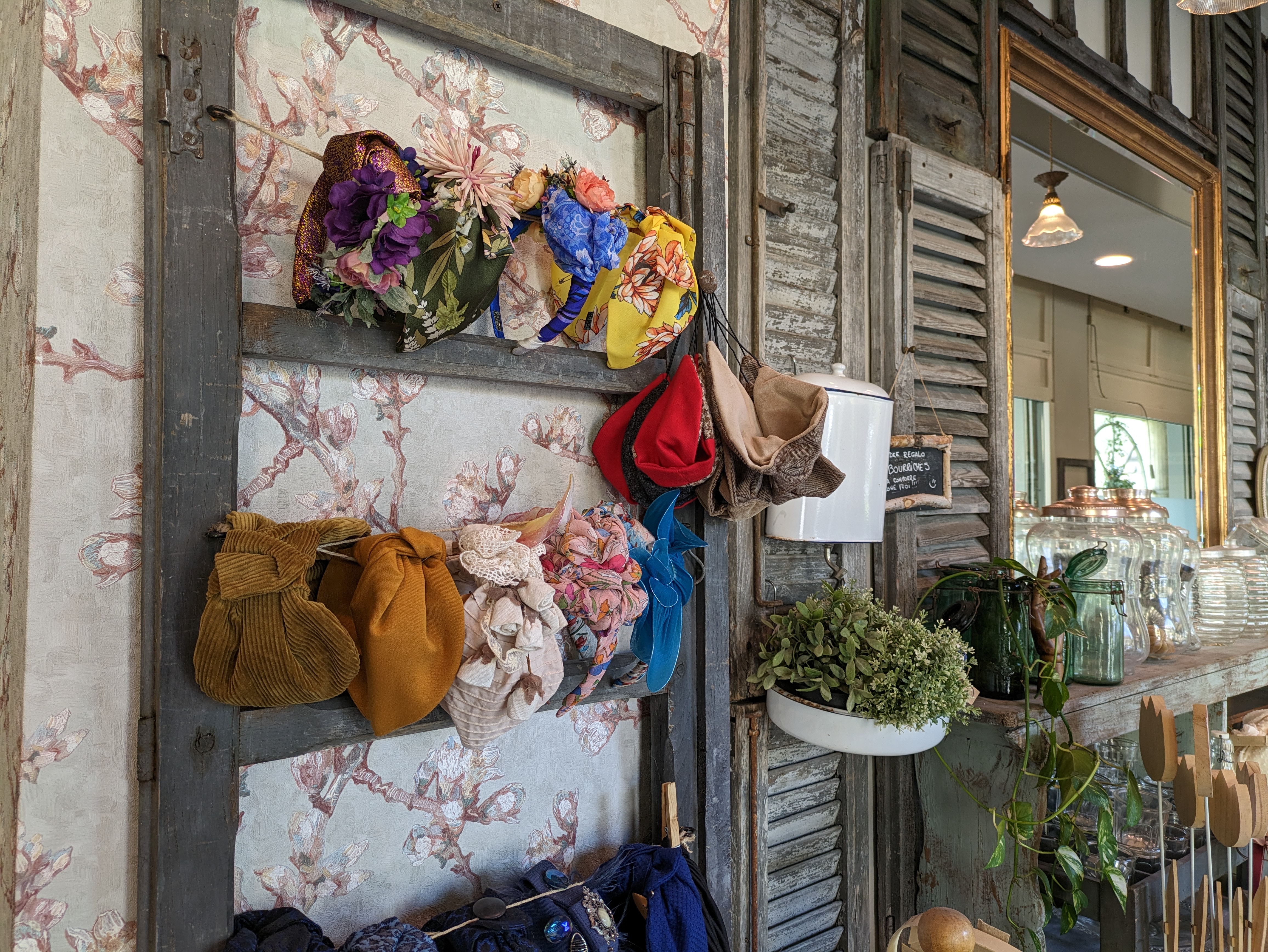

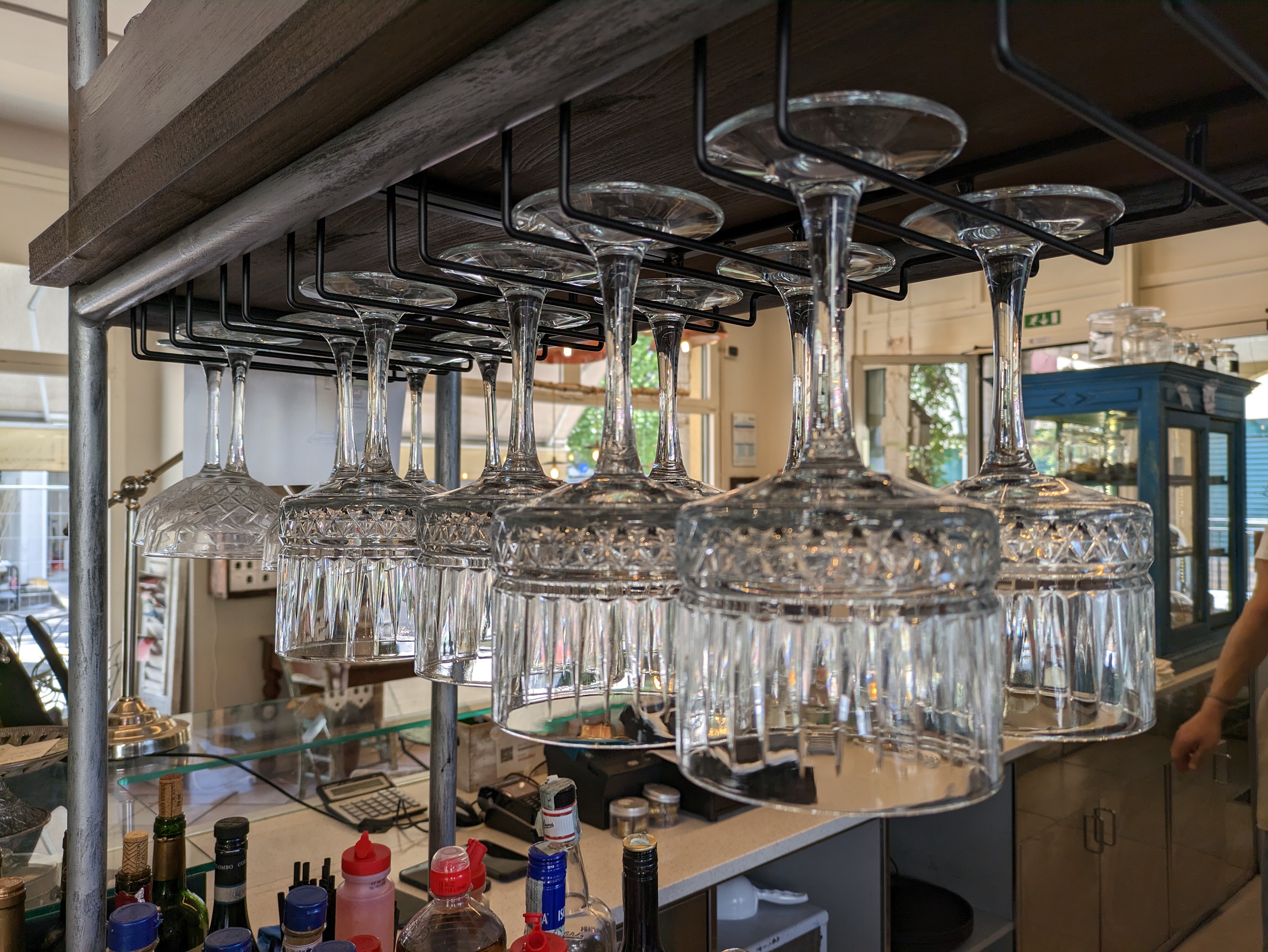
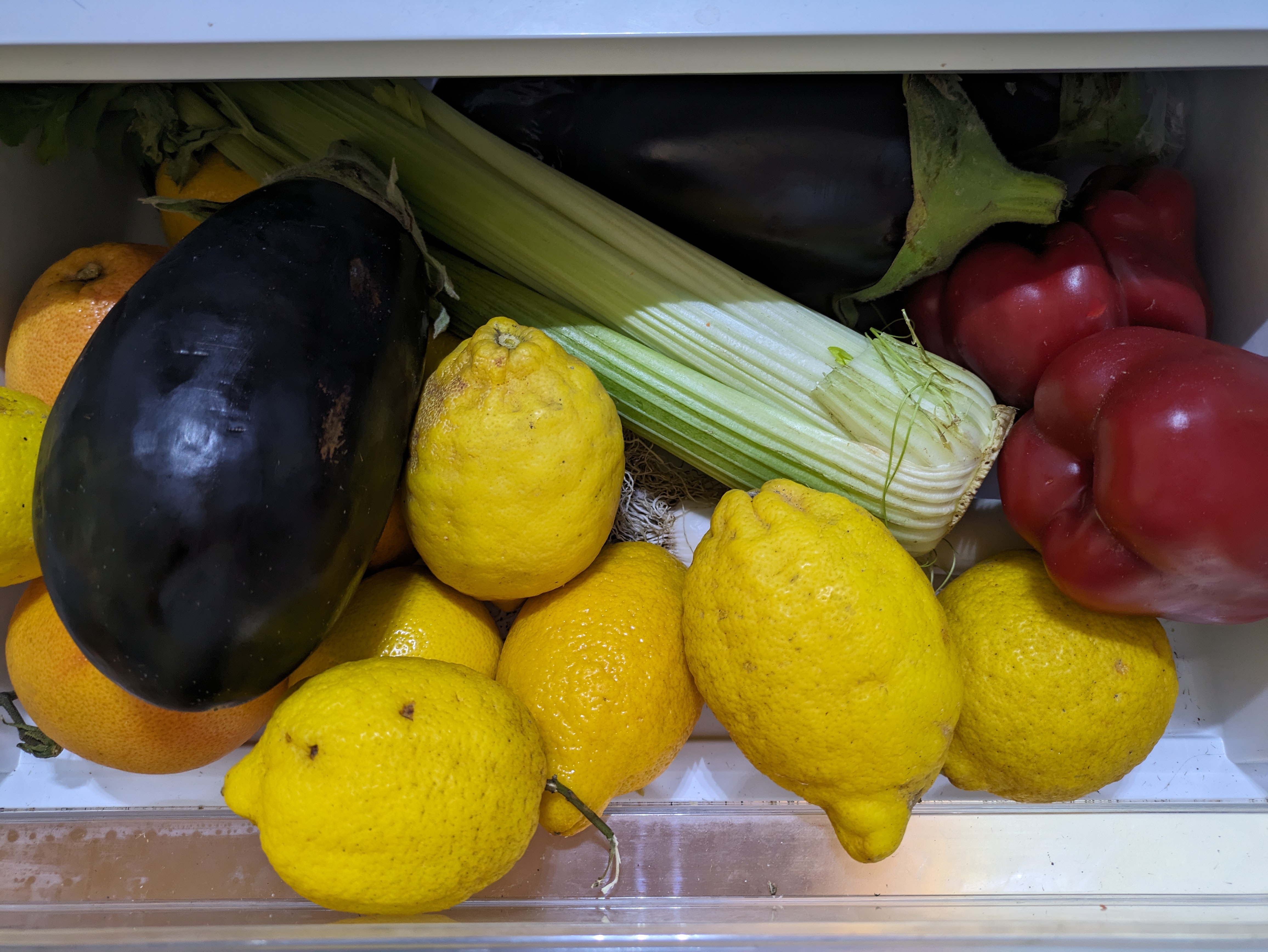

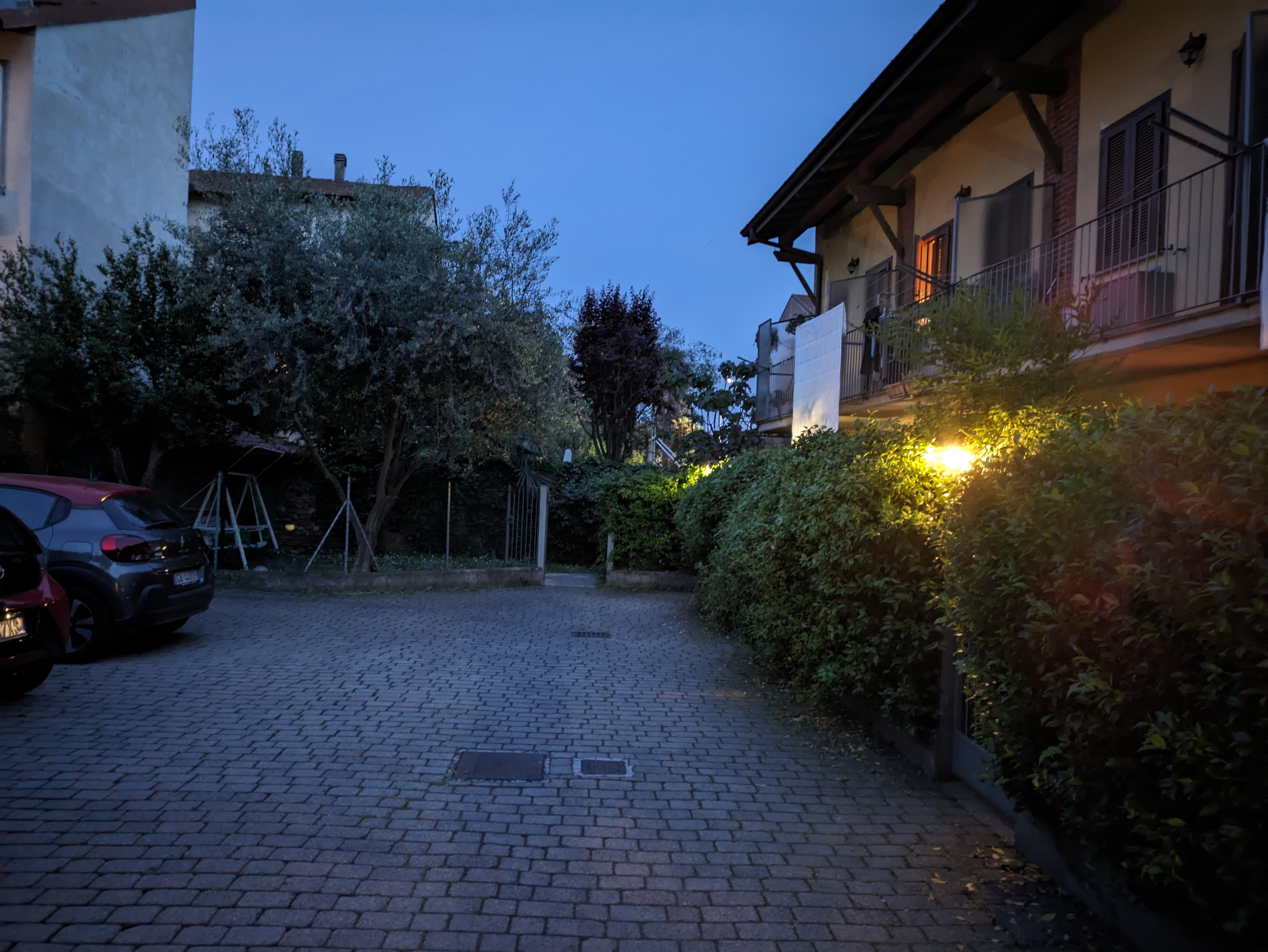
It goes without saying, but Google’s latest phone also arranges its cameras in a slightly different way to the iPhone 14. While the iPhone 14 smushes its main and ultra-wide sensors into a neat corner square with the flash, the Pixel 7a follows its predecessor by organizing its rear snappers in a horizontal fashion.
Google Pixel 7a vs iPhone 14: Performance
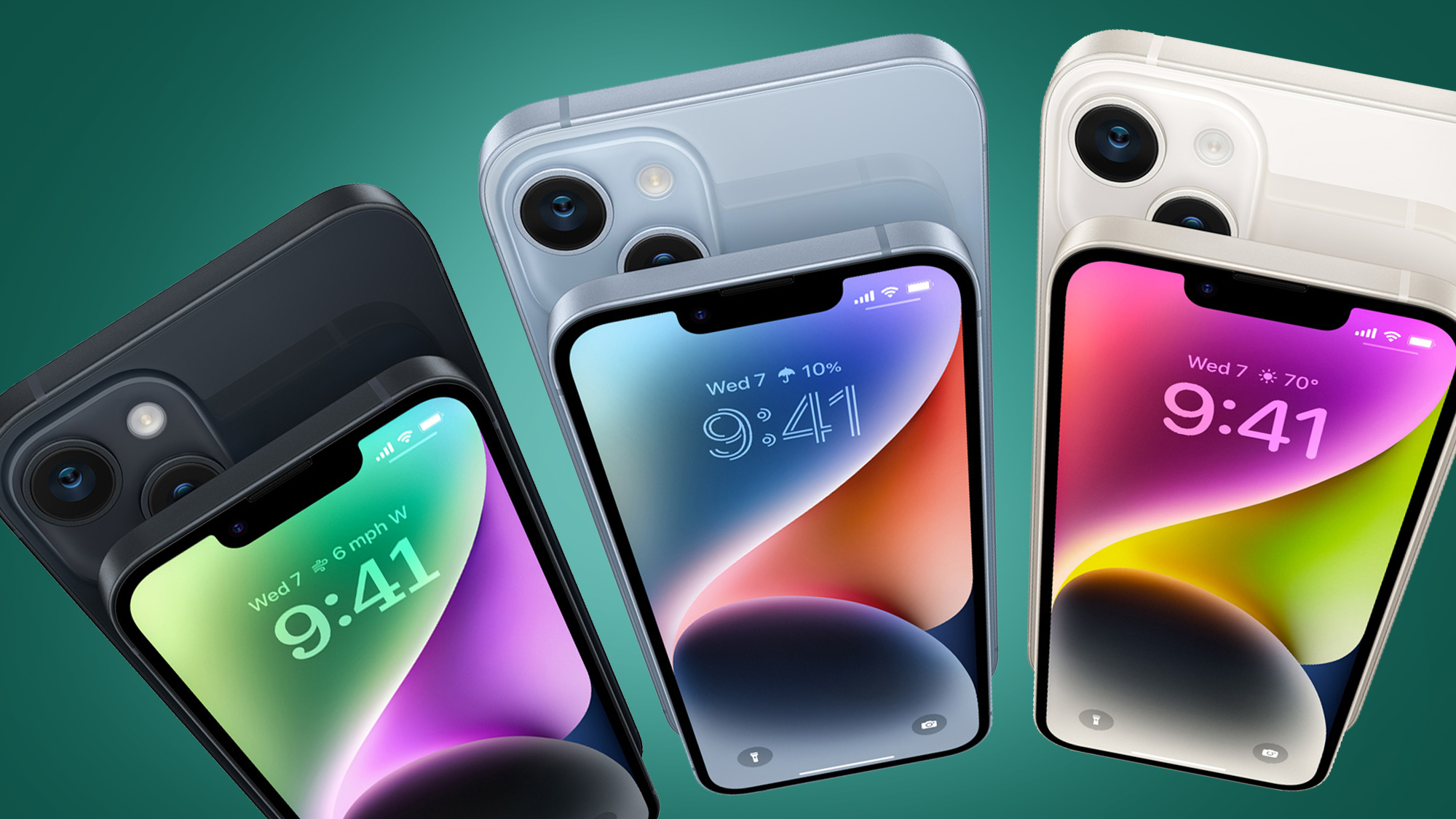
On the performance front, the iPhone 14 uses the previous-generation version of Apple’s silicon – the A15 Bionic – which allows the device to meet the demands of streaming, swiping, snapping and gaming with ease.
Apple doesn't typically disclose the RAM specs of its iPhones, but eagle-eyed researchers have found that every model in the iPhone 14 line uses 6GB RAM.
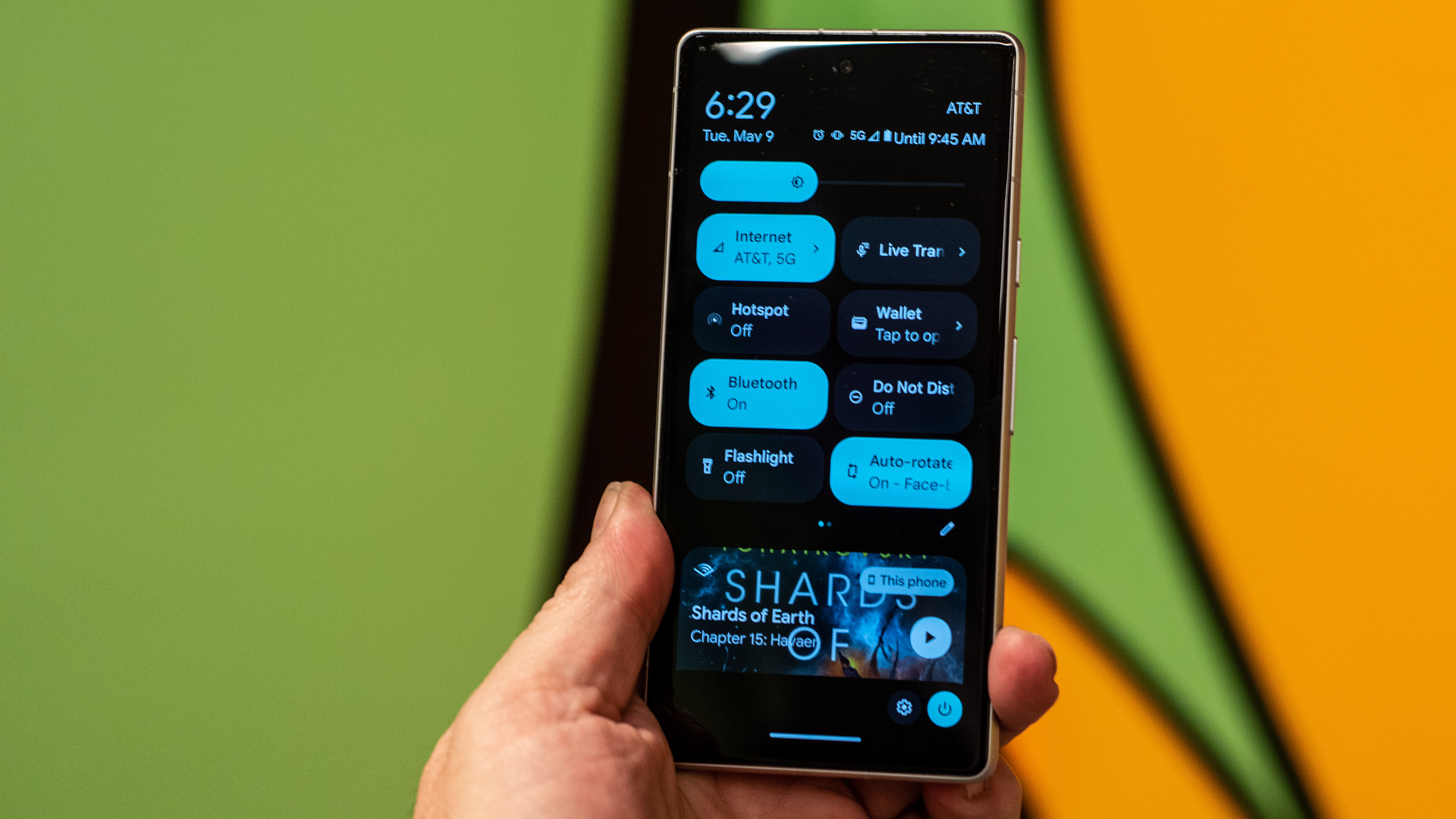
The Pixel 7a packs Google’s Tensor G2 chipset, which is the same chipset as sported by the Pixel 7 and Pixel 7 Pro. This processor doesn’t have the raw power to match Apple’s A15 Bionic or Qualcomm's Snapdragon 8 Plus Gen 1 and Gen 2 chips, but the Pixel 7a nonetheless offers real-world performance that’s largely comparable to devices that do use any one of those three processors (like the iPhone 14 or Samsung Galaxy S22 Ultra). The Pixel 7a, then, should be plenty fast enough for most users.
Interestingly, the Pixel 7a actually boasts more RAM than the iPhone 14 – 8GB (LPDDR5) versus 6GB – so the device would technically offer a better multitasking experience if iOS and Android weren't built so differently. But iPhone 14 Pro Max also uses 6GB RAM and yet remains one of the best phones for multitasking, so make of that what you will.
Google Pixel 7a vs iPhone 14: Battery

Under the hood, the iPhone 14 sports a 3,279mAh battery that delivers a full day (and night) of use if the phone is used normally for everyday tasks.
You can buy a 5W adapter, or spend a bit more for Apple’s 20W charger, which will get you to 50% charge in 30 minutes. The phone is also MagSafe for iPhone and Qi wireless charging compatible.
The Google Pixel 7a, in contrast, packs a larger 4,385mAh battery but – and this is a real sticking point for the phone, in our opinion – this increased size doesn't yield better performance. In fact, the Pixel 7a's battery disappoints on multiple levels.
As TechRadar's US Mobiles Editor, Philip Berne, notes in his Google Pixel 7a review: "You should plan on leaving the Pixel 7a connected to a charger whenever you aren’t using it. This is not a phone you can rely on for long-term battery life. Google has an Extreme Battery Saver mode which it claims can last you up to three days of use, but it requires severely limiting which apps and features can be used – and I’d rather have a phone that lasts one normal day rather than three 'extreme' days."
In other words, the Pixel 7a isn't able to last a full day with moderate use, which makes the phone's battery the weak link in an otherwise excellent chain.
Get daily insight, inspiration and deals in your inbox
Sign up for breaking news, reviews, opinion, top tech deals, and more.

Axel is TechRadar's UK-based Phones Editor, reporting on everything from the latest Apple developments to newest AI breakthroughs as part of the site's Mobile Computing vertical. Having previously written for publications including Esquire and FourFourTwo, Axel is well-versed in the applications of technology beyond the desktop, and his coverage extends from general reporting and analysis to in-depth interviews and opinion. Axel studied for a degree in English Literature at the University of Warwick before joining TechRadar in 2020, where he then earned an NCTJ qualification as part of the company’s inaugural digital training scheme.